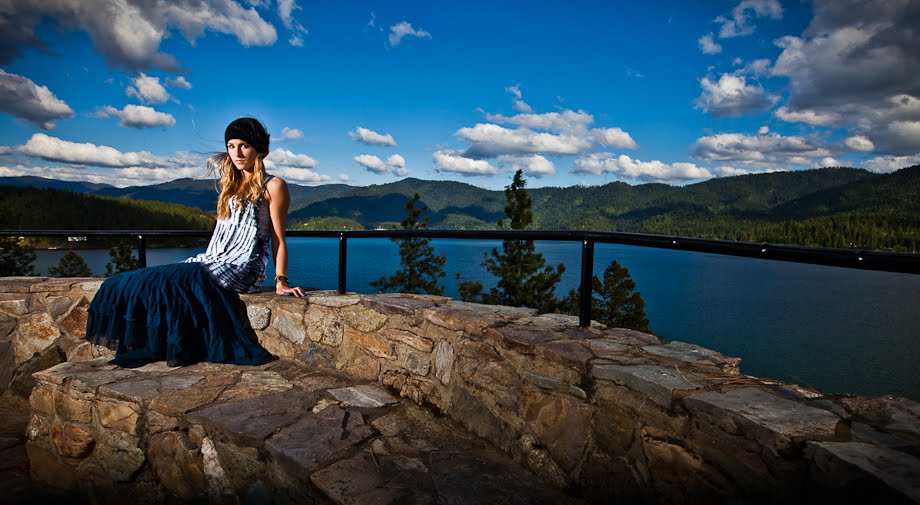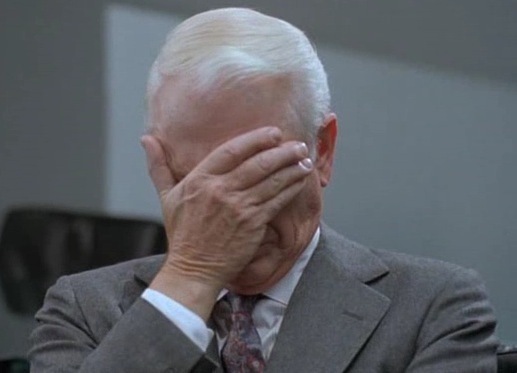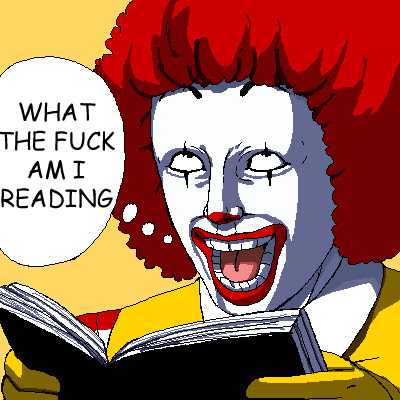The sand dune stems from the lower left, leading your eyes to the middle right, opening up into the clearly defined horizon in the upper third. These "key parts" flow effortlessly through composition; as I said earlier, like the number 7.
The picture of the girl is the exact opposite. You have the subject standing in the dead center. The background has no distinguishable traits that draw your eyes to it, and seem to be placed randomly and without purpose.
The rule of thirds isn't some quantifiable and rigid "checklist." You need to take into account things like the form, gesture, harmony, pattern, contrast, geometry, etc. and integrate them into your spatial arrangement (rule of thirds). Some objects have a more well-defined "presence" than others (depending on the aforementioned properties), and thus are analyzed with varying criteria. It's just plain silly to analyze composition as simplemindedly as you put it-regarding it as nothing more than the two-dimensional arrangement of undefined objects, all of which are treated with equal significance whilst ignoring the other equally crucial elements. A person does not equal a dune, which does not equal a horizon, etc.











































